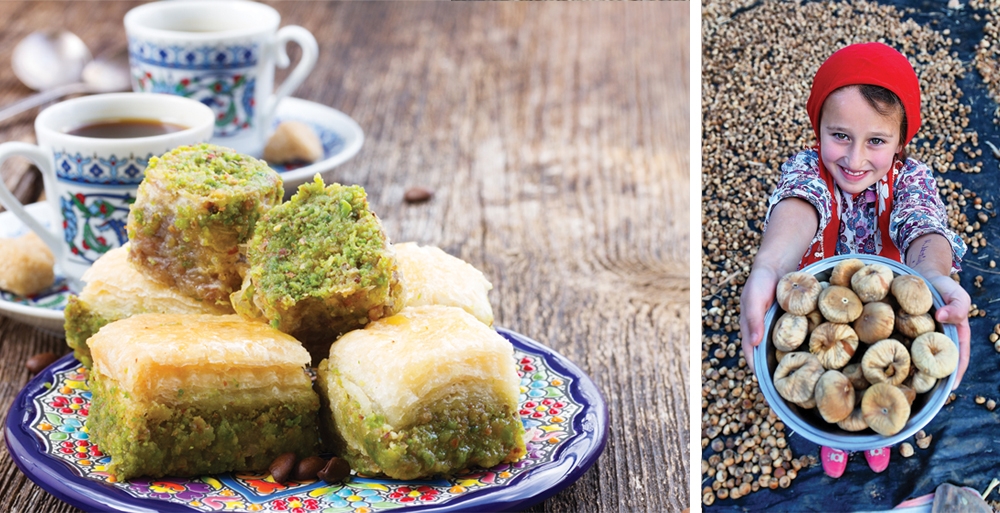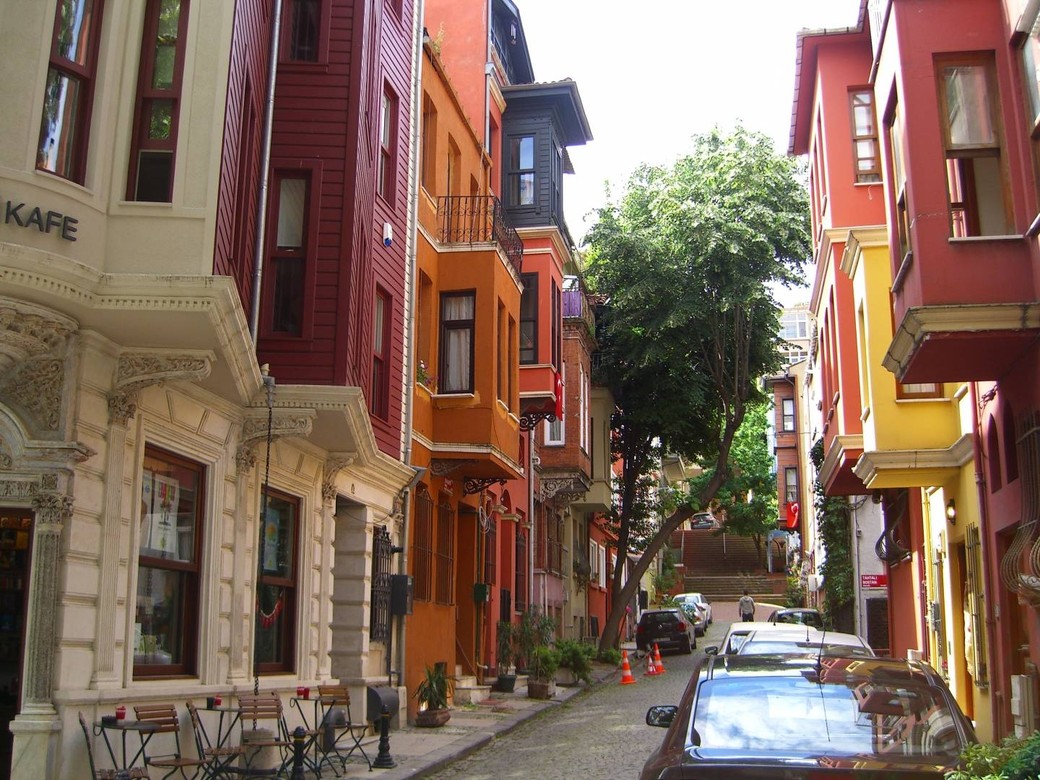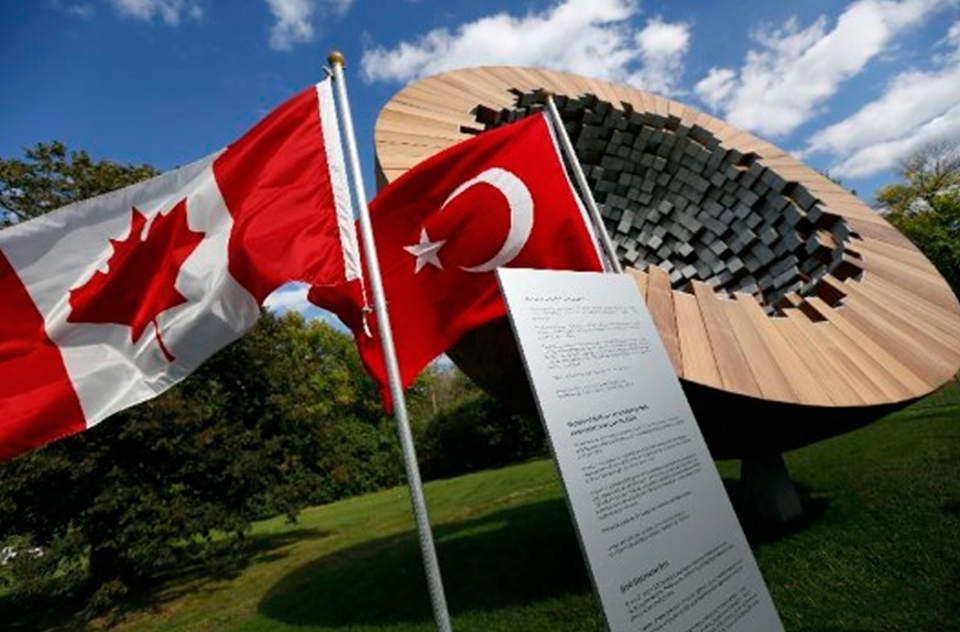
Turkish Delights
Turkey has shared many gifts with Canada over the years. Distinctive ebru water marbling art, decorative Turkish carpets and Nazar Boncugu charms that fashionably protect against the evil eye all hail from that magical land. We are privileged to include Turkish culture as part of the Canadian mosaic. One of the highlights of any culture is its food and drink, and Turkish cuisine never fails to please. You might be surprised, however, by some of the foods on this list.
While Turks cannot claim to have invented coffee since the beans were first discovered and used in Ethiopia, they are credited with developing the modern brewing system for coffee back in the 15th century. The name itself comes from Turkish “kahveh.” At first, the beverage was an indulgence available only to nobles in the Ottoman court, but its popularity quickly spread to newly founded coffeehouses, where academics debated and socialised over a rich cup of coffee. Turkish coffee is still a very distinct treat from our run-of-the-mill morning cup of java, but both can be considered gifts from Turkey.
While the exact origin of yogurt is not known, we do know two things. First of all, the word yogurt comes from the Turkish word “yoghurt” and secondly, it was the Turkish people who introduced it to North America in the 18th century. Considering the snack’s availability and popularity in the 21st century, it’s hard to believe that it took more than two centuries and a post-World War II health craze for yogurt to become a familiar staple in the Canadian diet.
Turkey is known for its shish kebabs and doner kebabs, but do you know the difference between the two? Kebab, from the Turkish word “kebap,” means roast meat. Shish and doner describe how the roast meat was made. The former meaning skewer and the latter meaning rotating. It makes sense that kebabs seems to have originated from Turkish soldiers cooking dinner on their swords over the open fire. The process has since been refined in Turkey to include marinating the meat before roasting, and it is speculated that vegetables were added to the shish kebab to increase the aesthetic appeal. Kebabs are readily available across Ottawa with enough variety to please everyone.
As for dessert, there is an ongoing debate concerning the origins of baklava. You might associate baklava with Greek cuisine, but the Turks also lay claim to the delicacy — it is, in fact, a word of Turkish etymology. The phyllo dough used in the baklava that we know and love today was originally created in the kitchens of Istanbul’s Topkapi Palace, but its history goes back to the Assyrian empire. The reason baklava is often considered a Greek specialty is that Greek pastry chefs were the ones who refined the phyllo dough recipe to be the now-common paper-thin sheets. Up until the 19th century, baklava was a luxury exclusively for the rich. The Turkish expression: “I am not rich enough to eat baklava every day,” captures the sentiment. The dessert only started to become affordable for everyone in the last 200 years. It seems that part of the dessert’s initial popularity in Canada stems from the fact that the ingredients for the filling, such as sugar and nuts, are more readily available over here. Subsequently, baklava is now a cherished treat worldwide.
You don’t have to travel across the world to get a taste of Turkey. In Ottawa and cities across Canada, Turkish Canadians are sharing their culture with us in restaurants, bakeries and festivals. Expand your cultural taste buds, try something new and think of the rich history that led to these edible treasures from Turkey.









